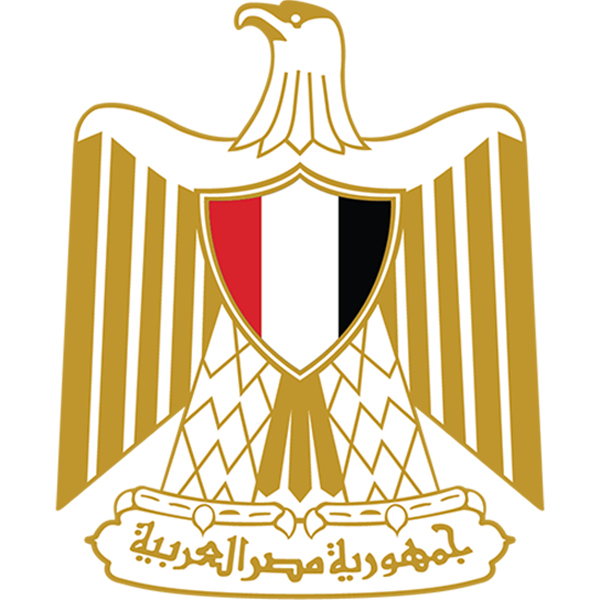Lịch sử
Xem: Lịch sử Ai Cập
Tiền vàng và bạc đã được sử dụng để giao dịch ở Ai Cập từ năm 1834, cho đến khi Ngân hàng Quốc gia Ai Cập (tiếng Anh: Ngân hàng Quốc gia Ai Cập) được thành lập vào năm 1898, bắt đầu phát hành tiền giấy bản vị vàng vào ngày 3 tháng 4 năm 1899. Nó tồn tại cho đến ngày 8 tháng 2 năm 1914, khi tiền giấy bảng Anh Ai Cập trở thành đơn vị tiền tệ cơ bản và hệ thống tiền tệ quốc gia được thay đổi thành tiêu chuẩn tự do. Ngày 18 tháng 6 năm 1953, Ai Cập bãi bỏ chế độ quân chủ và tuyên bố thành lập một nước cộng hòa, và hệ thống tiền tệ vẫn được sử dụng. Cho đến ngày 19 tháng 7 năm 1960, chính phủ Ai Cập ban hành Nghị định số 250, sau đó là Nghị định số 377 vào ngày 2 tháng 11 năm đó, tuyên bố thành lập Ngân hàng Trung ương Ai Cập và trao cho nó quyền phát hành tiền tệ quốc gia. Năm sau, năm 1961, Ngân hàng Trung ương Ai Cập chính thức được thành lập và bắt đầu hoạt động.
Chức năng
Chức năng chính của Ngân hàng Trung ương Ai Cập là:
- Duy trì ổn định giá cả và thúc đẩy sự phát triển ổn định của hệ thống ngân hàng;
- Xây dựng và thực hiện các chính sách liên quan đến tiền tệ, tín dụng và ngân hàng;
- Phát hành tiền tệ quốc gia và đảm bảo giá trị của nó;
- Giám sát ngành ngân hàng;
- Quản lý dự trữ ngoại hối quốc gia;
- Quy định hoạt động của thị trường ngoại hối;
- Kiểm soát hệ thống thanh toán quốc gia;
- Ghi lại và thực hiện nợ nước ngoài của quốc gia;
Cơ quan quản lý cao nhất của Ngân hàng Trung ương Ai Cập là ban giám đốc. Ban giám đốc do giám đốc ngân hàng chủ trì, trong đó có các ủy ban và bộ phận khác nhau.
Chủ tịch Hội đồng quản trị
Chủ tịch Ngân hàng Trung ương Ai Cập










